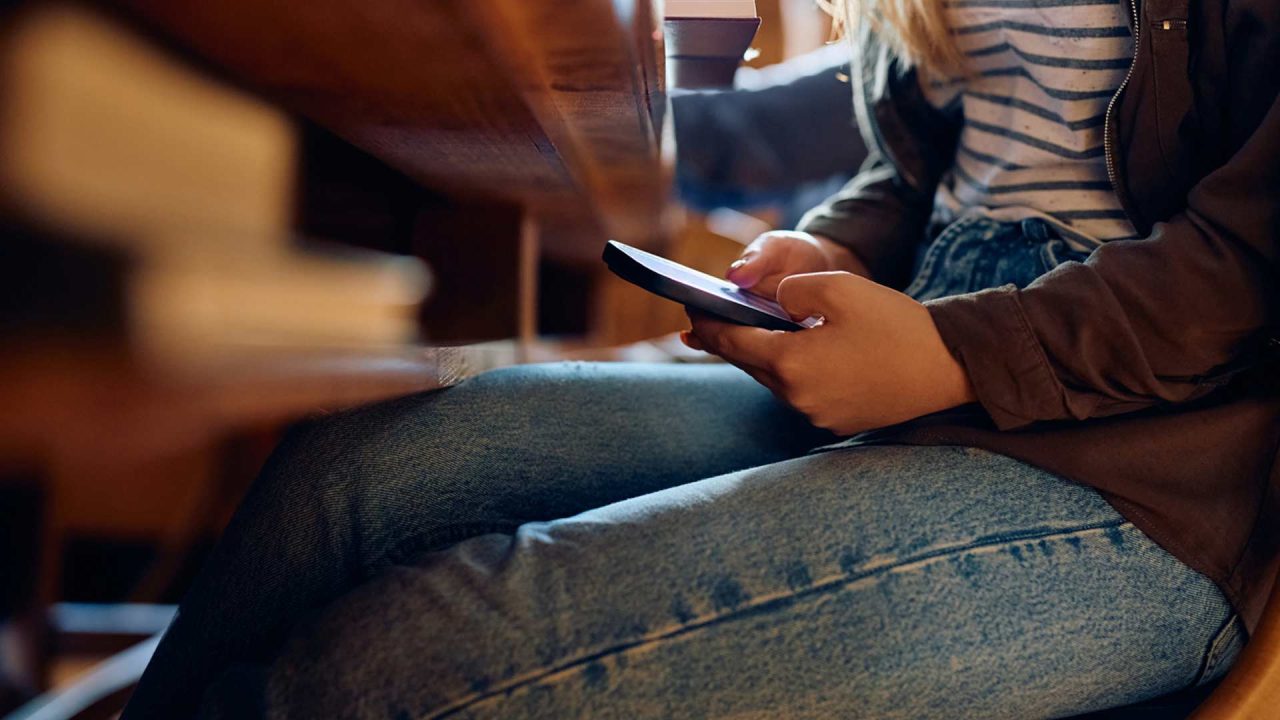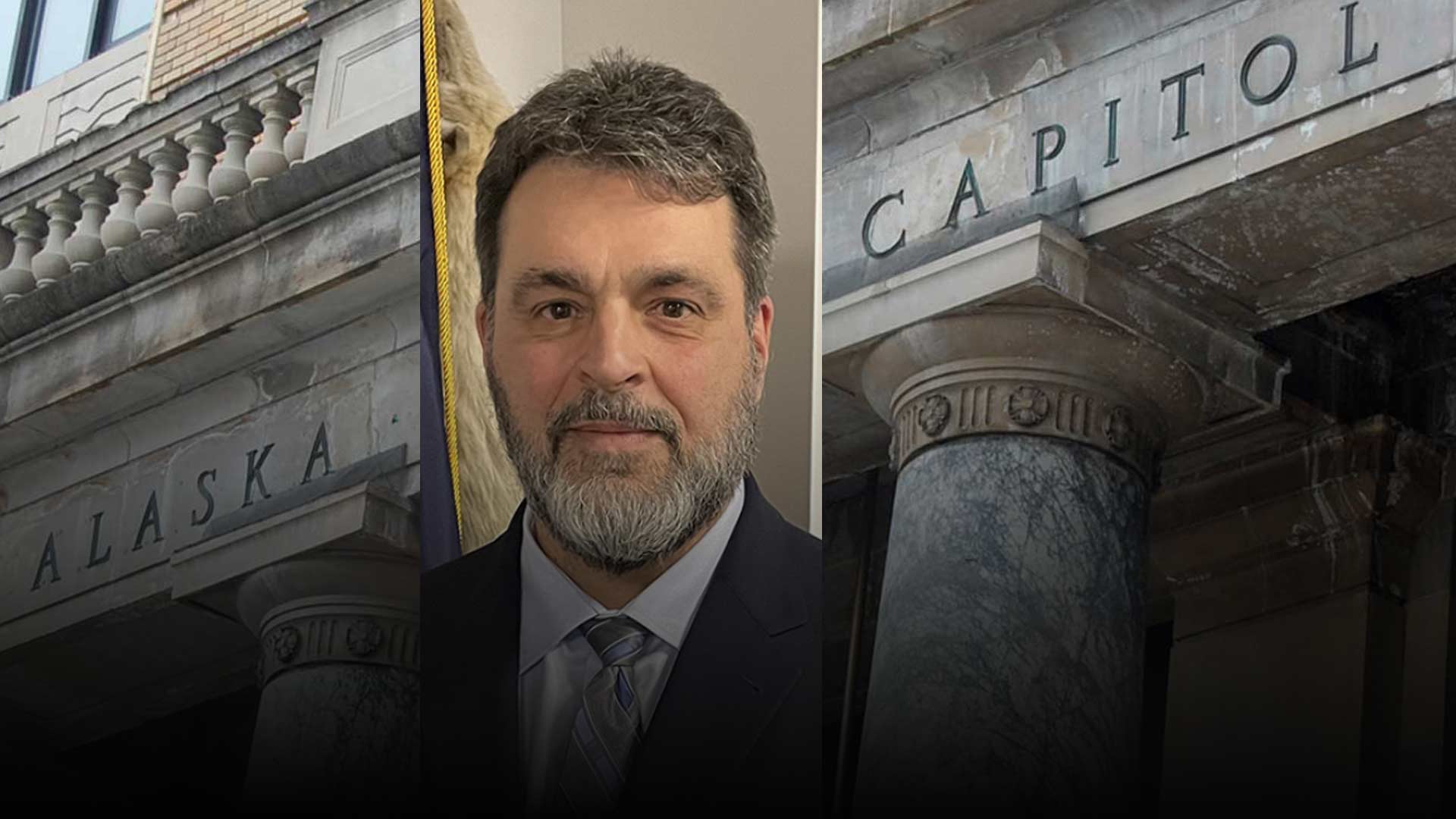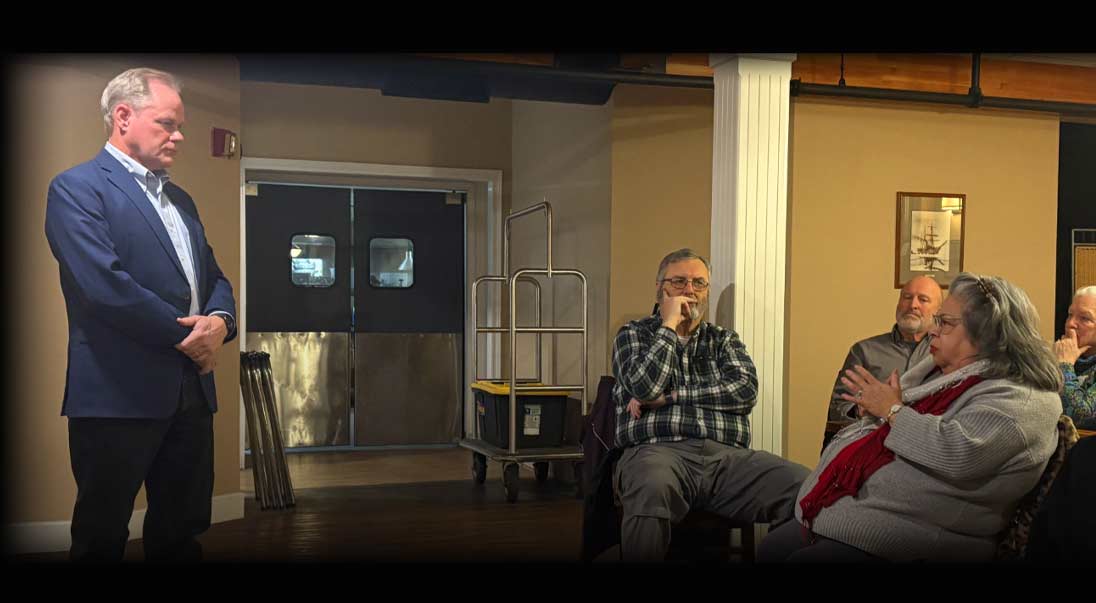
A proposal to prohibit Alaska students from using their private cell phones during regular school hours, including lunch and classroom breaks, has united traditional social and political foes.
Introduced by Rep. Zack Fields, a long-time hard-leftist Anchorage Democrat, House Bill 57 directs the Alaska Department of Education to craft a statewide policy, which every school district must then adopt and implement at the local level. The bill includes exceptions for students to use their phones in emergency situations.
The proposal has garnered support from Alaska Family Council, a conservative pro-life and family advocacy group, with President Jim Minnery sending out a call for Alaskans to back the idea.
“Alaska Family Council is pleased to encourage pro family Alaskans across the state to call in or email in support of HB57, a bill introduced by Alaska House Representative Zack Fields, a Democrat from Anchorage, to remove the use of cell phones by students in public schools,” Minnery wrote in a Feb. 4 action alert. “School districts across the country implementing bans on cell phones in school are getting remarkably positive impacts on both learning outcomes and students’ mental health.”
At least 29 states have introduced legislation regarding cell phone use in schools, eight of which have passed legislation restricting them.
Minnery noted that widespread cell phone use in schools leads to lack of socializing, rising discipline concerns, bullying, student altercations being videotaped and spread on social media, and ubiquitous rumors and gossip being spread via text message and social media during the day.
“Schools implementing these kinds of measures are empowering parents who may feel at the mercy of tech companies and peer pressure, and are re-establishing school days as oases of learning and healthy socialization in an increasingly tech-saturated childhood,” Minnery added.
In a statement about his bill, Rep. Fields noted that cell phones present both benefits and considerable challenges in the classroom.
“While these devices are valuable tools, it is evident that their near constant use can significantly alter students’ ability to maintain attention and engagement,” he stated. “A growing body of research shows that the presence of cell phones in the classroom is not only detrimental to students’ scholastic performance, but also their overall mental health and well-being.”
Fields points to a number of academic studies that indicate banning cell phones can lead to significant improvements in academic performance, particularly for low-achieving students.
ALASKA WATCHMAN DIRECT TO YOUR INBOX
These studies reveal that students often access their phones to cheat on exams, while also using them to play video games, scroll social media sites and text fellow classmates during classroom hours. Additionally, a 2017 study found an alarming number of students use phones to produce and distribute sexually explicit images.
As of October 2024, at least 29 states have introduced legislation regarding cell phone use in schools, eight of which have passed legislation restricting them.
In Alaska, a number of private and public schools already prohibit student phones during school hours. Holy Rosary Academy in Anchorage, which is well-known for its rigorous academics – was one of the first schools to do so more than 20 years ago. Other schools that have followed suit in recent years include Anchorage’s Lumen Christi High School, Wendler Middle School and South High School. In 2024, the Anchorage School District began requiring students, districtwide, to turn off and lock up their phones during the school day. Additionally, Palmer High School and Homer Flex High School have restrictive phone policies now in place.
TAKING ACTION
— Public testimony on HB 57 will be heard Feb. 5th at 3:15 p.m. in the Alaska State House Labor & Commerce Committee. Committee members can be contacted via email by clicking here.
— Those who wish to call in and testify can dial 907-465-4648 or contact their local LIO (Legislative Information Office) for more information.
— To contact individual members of the Labor and Commerce Committee, click here.
— For tips on how to give public testimony, click this link.








1 Comment
and p people care what minnery thinks ,why again?